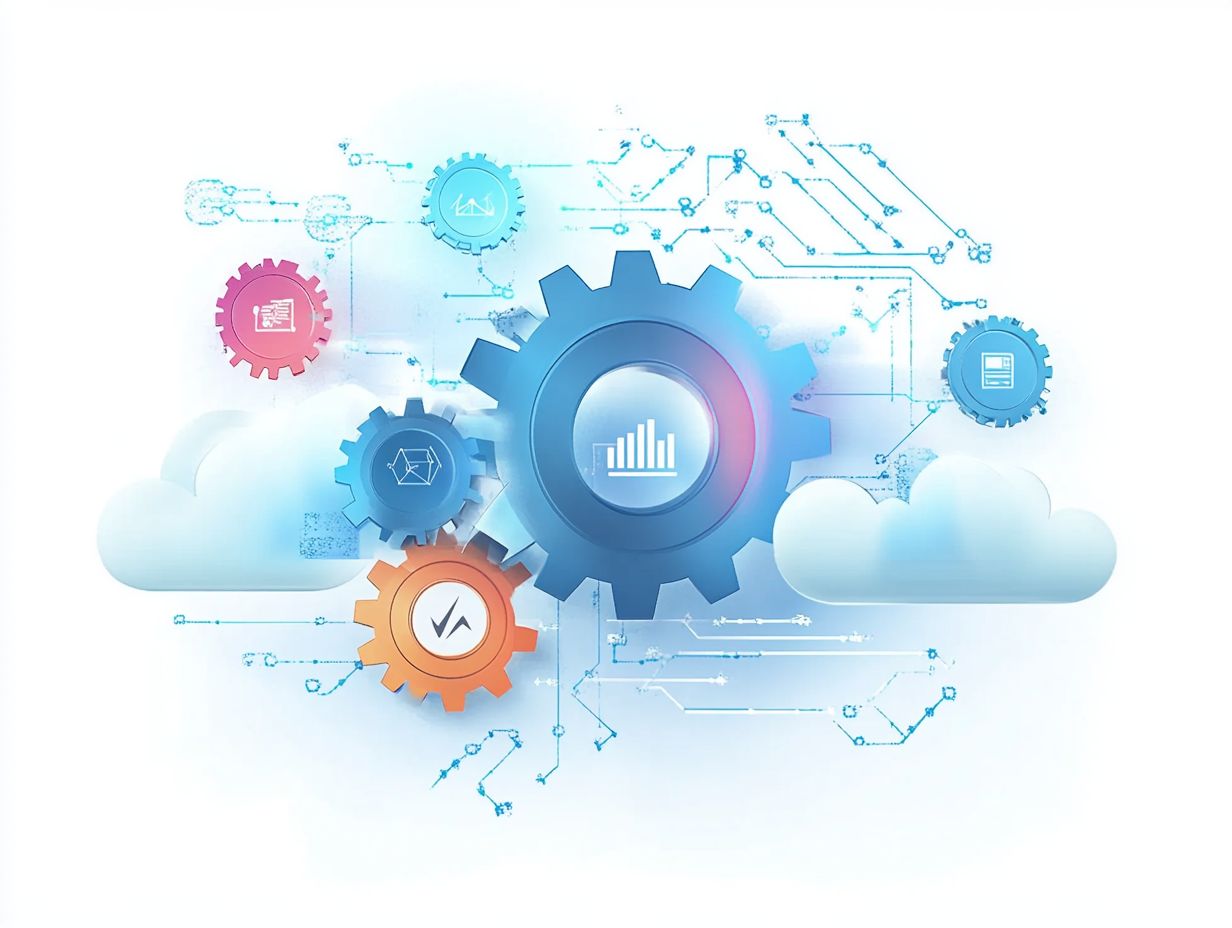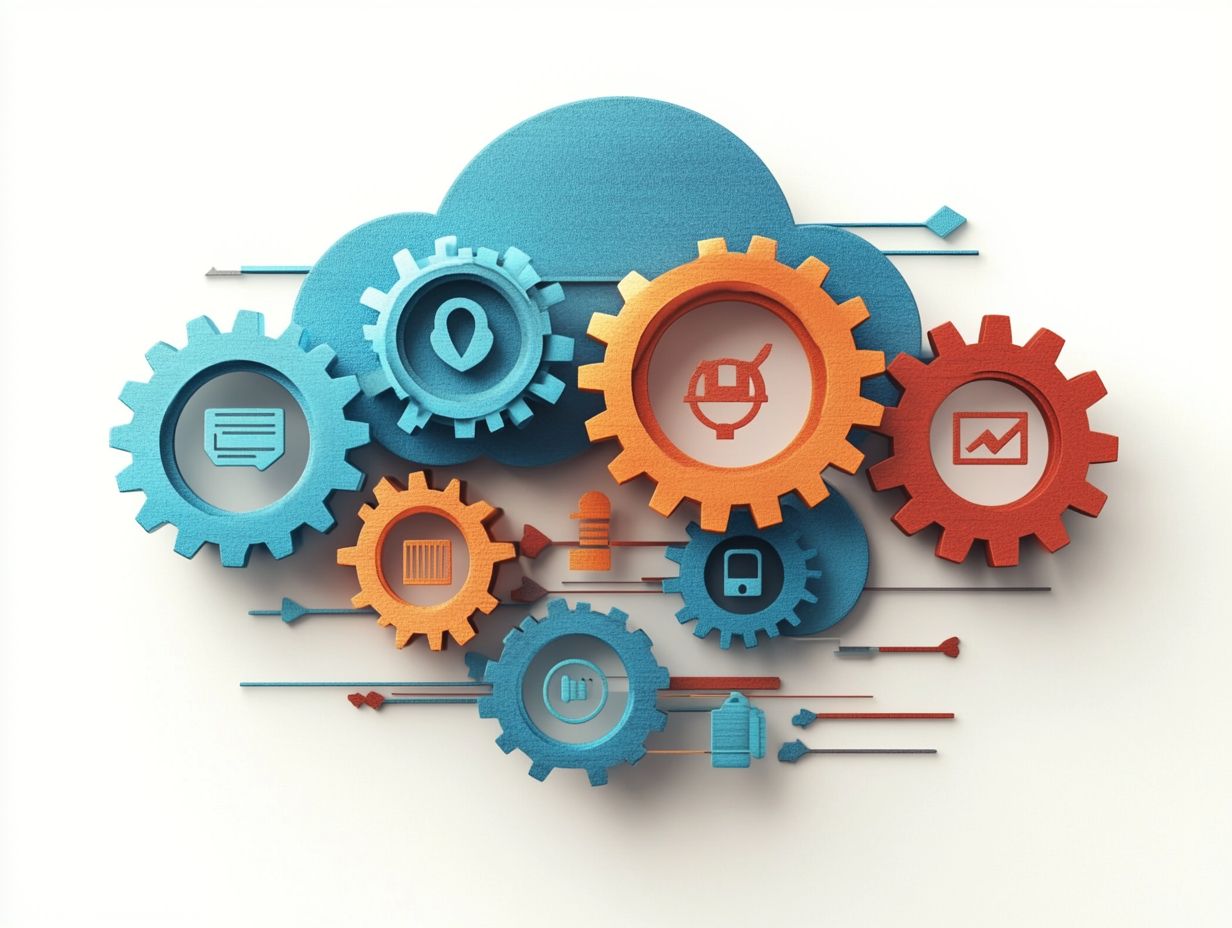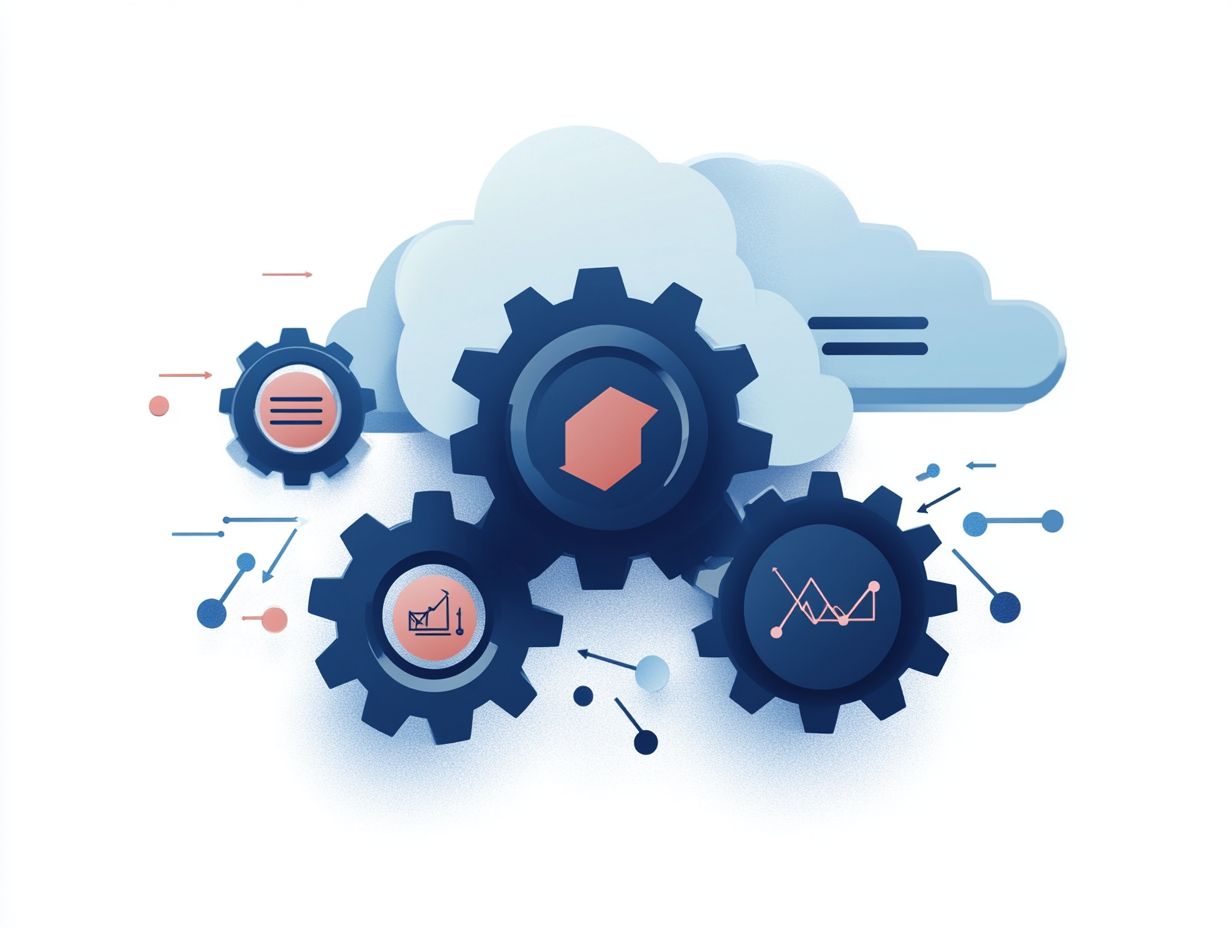The Role of APIs in SaaS Integration
In today s digital landscape, you ll find that Software as a Service (SaaS) solutions are revolutionizing the way businesses function.
To truly unlock their potential, seamless integration is key. This article delves into the vital role of APIs in SaaS integration, clarifying what SaaS integration entails and showcasing the benefits of leveraging APIs.
You ll explore various types of APIs, discover best practices, and navigate common challenges. By the end, you ll gain a thorough understanding of how to effectively integrate SaaS applications to elevate your business operations.
Contents
Key Takeaways:

- APIs play a crucial role in SaaS integration by enabling seamless communication and data transfer between different applications and systems.
- REST and SOAP APIs are the most commonly used types of APIs in SaaS integration, each with its own benefits and considerations.
- Successful API integration in SaaS requires careful planning, consideration of security and scalability, and proactive management of potential challenges.
Understanding SaaS Integration
Understanding SaaS integration is essential in today s cloud-driven landscape. Businesses increasingly turn to Software as a Service (SaaS) models to streamline operations.
SaaS integration involves the processes that facilitate seamless data exchange and interaction between diverse applications and services via APIs. This allows organizations to enhance functionality and scalability while tailoring solutions to meet their specific requirements.
By adopting this integration strategy, you optimize workflows and effectively tackle integration challenges and security concerns that often arise in multi-application environments.
What is SaaS Integration?
SaaS integration is all about connecting various Software as a Service applications. This allows for seamless data exchange and streamlined workflow automation.
By linking tools like customer relationship management (CRM) systems, project management platforms, and accounting software, you can significantly boost your operational efficiency.
For instance, integrating a CRM like Salesforce with an email marketing tool such as Mailchimp facilitates effortless communication and enables better-targeted campaigns.
This synergy dramatically enhances the user experience, minimizing manual data entry and boosting productivity through automation.
With the power to consolidate data from multiple sources, you can uncover valuable insights that optimize your decision-making process. This means your workflows become not just improved but truly streamlined, allowing your team to focus on what really matters.
The Importance of APIs in SaaS Integration
APIs, or Application Programming Interfaces, serve as the backbone of SaaS integration. They enable smooth communication between diverse software applications and facilitate third-party integrations.
By leveraging these powerful tools, you can ensure a cohesive and efficient ecosystem for your software solutions.
How APIs Enable Seamless Integration
APIs enable seamless integration by providing standardized protocols for data flows. They allow disparate systems to communicate effectively and automate various business functions.
With protocols like REST and SOAP at your disposal, APIs allow applications to request and exchange data in a structured manner. REST, for instance, leverages standard HTTP methods, making it lightweight and easy to implement especially beneficial for mobile applications.
Conversely, SOAP offers a more rigid framework, often favored for its built-in error handling and robust security features.
By harnessing these capabilities, you can streamline your operations. Whether it s integrating cloud services, enhancing your customer relationship management (CRM) process, or automating inventory management, APIs create a more interconnected and efficient operational landscape.
This facilitates real-time data sharing that keeps your business ahead of the curve.
Benefits of Using APIs in SaaS Integration

Using APIs in SaaS integration offers a wealth of advantages, including enhanced functionality, scalability, and the flexibility to customize solutions that align with your unique business needs.
Leveraging APIs gives you better performance insights, enabling you to analyze metrics effectively and make data-driven decisions.
For instance, with real-time data exchange, you can streamline operations, reduce delays, and create a smoother user experience.
This approach not only helps you create applications that are more intuitive but also minimizes human error by replacing manual input with automated processes.
Integrations like Salesforce with Slack show how to leverage these advantages. This enhances communication and data management, boosting productivity and collaboration.
Types of APIs Used in SaaS Integration
You ll encounter various types of APIs commonly utilized in SaaS integration, with REST and SOAP standing out as the most prevalent formats, each carefully made to meet specific needs.
REST vs SOAP APIs
REST (Representational State Transfer) is a way to structure web services that makes them easier to use. SOAP (Simple Object Access Protocol) are two distinct API architectures that facilitate data exchange in SaaS integration.
While both methods enable communication between client and server, they take notably different paths and offer varying degrees of flexibility. REST uses standard HTTP methods and lightweight data formats like JSON, which is why it’s a favored choice for web applications where speed and efficiency are crucial.
In contrast, SOAP adheres to stricter protocols and utilizes XML for messaging, making it well-suited for applications that require enhanced security and transactional reliability.
Depending on the specific requirements of your project, you might find yourself gravitating towards REST for its simplicity and user-friendliness or choosing SOAP when your application demands robust security features and stringent contracts.
Other Types of APIs for SaaS Integration
Beyond REST and SOAP, other APIs are gaining traction in SaaS integration. GraphQL and Webhooks stand out for their unique capabilities.
GraphQL allows you to request precisely the data you need, effectively minimizing the pesky over-fetching and under-fetching issues that often plague traditional REST APIs. This tailored approach streamlines communication between your client and server and significantly boosts application performance.
Webhooks provide real-time data updates by enabling your applications to send automated messages or notifications whenever specific events unfold, fostering seamless interaction among various services.
To truly harness the power of these tools, comprehensive API documentation becomes essential. It acts as your guide, enlightening you on integration possibilities, ensuring a smooth development experience, and facilitating the swift implementation of features that enhance user interactions.
Best Practices for API Integration in SaaS
Using best practices for API integration in SaaS is vital. It ensures smooth data flow and strong security.
Prioritizing these practices lets you tap into your system’s full power right away!
Key Considerations for Successful Integration

Successful API integration begins with understanding each application’s unique requirements. Ensure proper customization and proactively address potential integration challenges.
By assessing the specific needs of each system, you can identify which APIs will facilitate seamless data exchange most effectively. Strong security steps are crucial; safeguarding sensitive information prevents data breaches and builds trust among users.
Offering customization options aligns better with your operational goals and enhances user experiences. To elevate system performance, consider strategies like regular monitoring and load balancing.
These practices help address potential bottlenecks before they escalate. By prioritizing these factors, you can mitigate integration challenges and foster a more efficient technology ecosystem.
Challenges and Solutions for API Integration in SaaS
API integration in SaaS presents a myriad of challenges. You may encounter issues that complicate the seamless flow you strive for.
Security challenges may arise, raising concerns about data protection and privacy. Human errors can threaten workflows and data accuracy. Navigating these complexities requires careful planning and execution.
Common Challenges and How to Overcome Them
Navigating the landscape of API integration comes with challenges, including integration issues, security hurdles, and the complexities of synchronizing various systems.
Compatibility problems can obstruct seamless communication due to differing programming languages or data formats. The threat of security vulnerabilities looms, as neglecting these risks could lead to data breaches if not addressed promptly.
To tackle these obstacles effectively, implement strong authentication protocols like OAuth or API keys to ensure that only authorized personnel can access sensitive data.
Embracing standard data formats like JSON or XML fosters consistency across diverse platforms. Additionally, conducting regular security audits and utilizing middleware solutions can streamline the integration process and boost system performance.
Frequently Asked Questions
What is the role of APIs in SaaS integration?
APIs, or Application Programming Interfaces, play a crucial role in SaaS integration. They act as the communication bridge between different software systems, allowing them to exchange data and functionalities seamlessly.
How do APIs facilitate SaaS integration?

APIs provide a standardized and secure way for SaaS applications to connect and interact, regardless of the programming language or platform. This makes it easier for businesses to integrate various SaaS solutions into their existing systems.
What are the benefits of using APIs for SaaS integration?
APIs offer numerous benefits for SaaS integration, including increased efficiency, improved data accuracy, and enhanced automation. They also allow for faster and more seamless integration of new SaaS solutions into existing workflows.
Are APIs required for SaaS integration?
While APIs are not always necessary for SaaS integration, they are highly recommended. Without APIs, integrating SaaS solutions can be complex and time-consuming, requiring custom code and manual data transfers between systems.
Can APIs be customized for SaaS integration?
Yes, APIs can be customized to meet the specific integration needs of a business. This includes setting up custom data transfers, defining access controls, and creating unique endpoints for different SaaS applications.
What are some best practices for using APIs in SaaS integration?
To succeed in SaaS integration, select well-documented and reliable APIs! Use strong security practices and regularly monitor your APIs for any issues or updates.
Also, consider scalability and future integration needs when choosing APIs. This ensures that your integration can grow with your business.






